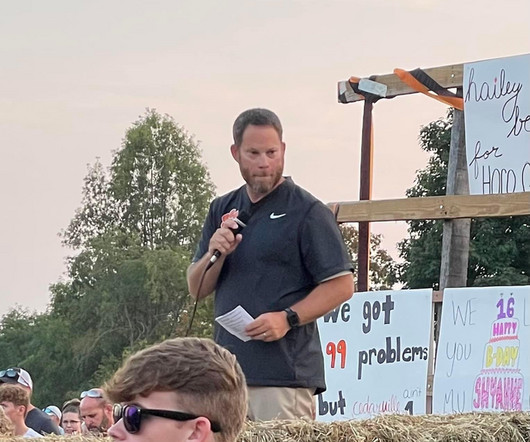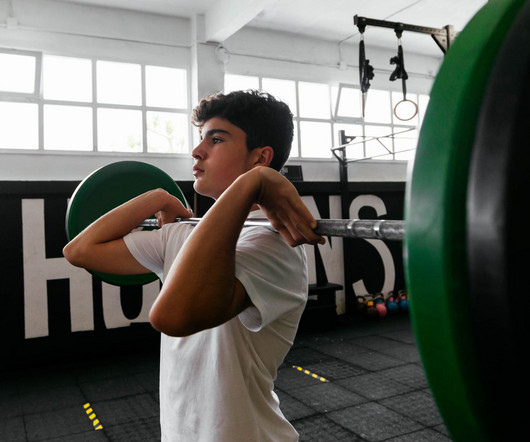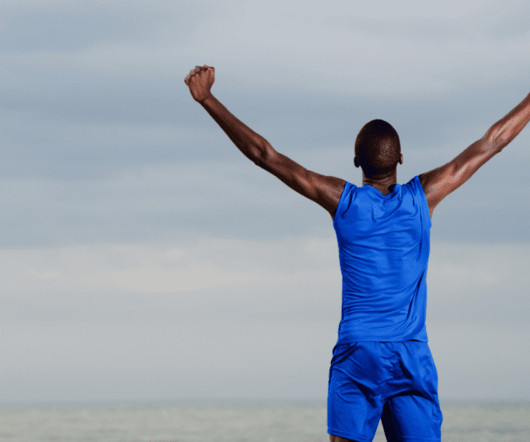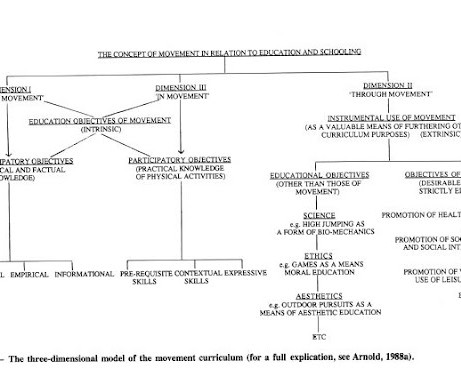THE PITFALLS OF 'MORE, YOUNGER' MINDSET Why Starting Kids Too Early and Pushing Them Too Hard Can Backfire in Youth Sports
Better Coaching
DECEMBER 24, 2024
Physical Growth and Maturation From infancy to adolescence, children undergo substantial changes in skeletal structure, muscular strength, cardiorespiratory capacity, and coordination. As children grow older, this conditional approval can encourage a cycle of anxiety and fear of failure. Must perform, must impress.












Let's personalize your content